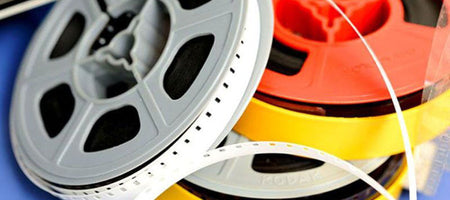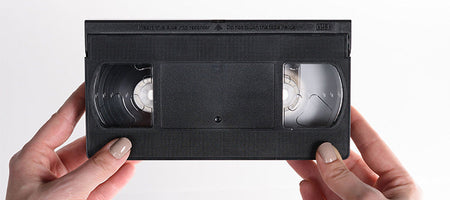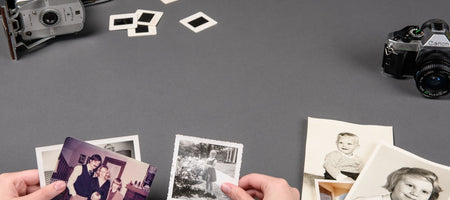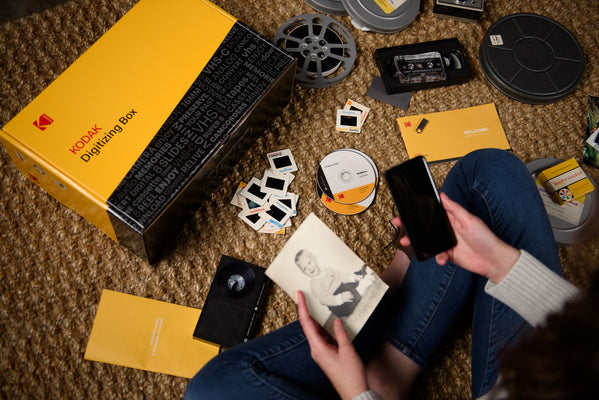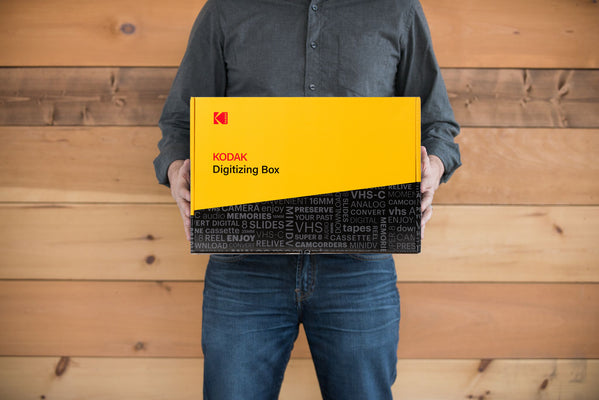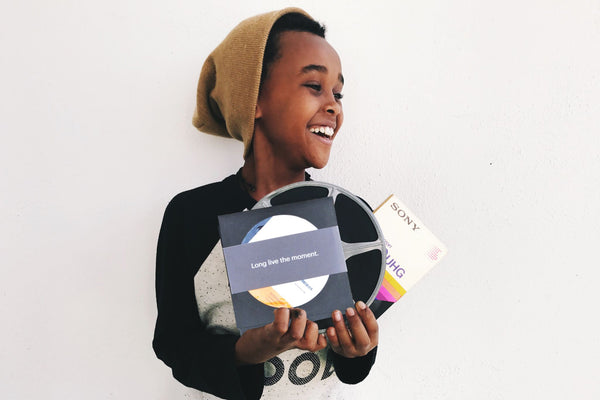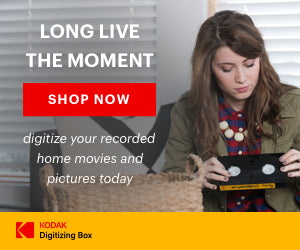For those music lovers out there, let’s finally settle this squabble. What has better audio: Reel-to-Reel (R2R) or Audio Cassettes? Both systems have played a huge role in our technology when it comes to audio.
Back in the day, both cassette tapes and R2R were used to record - whether that was music, your child’s first words or your favorite radio talk show.Both pieces of equipment came with their pros and their cons...and both came at two different times! So, let’s first talk a little bit about the history of each and then compare the two.
Reel-to-Reel
Did you know that that the reel-to-reel format was used in the earliest tape recorders? Yep - as early as the 1920s! Reel-to-reel tape recorders were included the pioneering German-British Blattnerphone machines, which used steel tape! What! Can you imagine using steel tape? Any who, originally, this format had no name. All forms of the magnetic tape recorders used it, but it was nameless. I’m sure it was such a phenomenon to even record sound that people were so baffled...they couldn’t speak or name it!
Later, the name came to be when it was needed to distinguish it from several other tape cartridges or cassettes (we will get to that next!). So, how do reel-to-reels work? The process is the form of magnetic tape audio recording in which the recording medium is held on a reel that is not permanently mounted in an enclosed cassette.
Reel-to-reel tape was used in early tape drives for data storage on computers and video tap recorders. The magnetic tape inside was used to record data signals for instrumentation purposes as well. So, this bad boy wasn’t just useful for recording radio shows, music and vocals...it played a big role with hydrogen bomb tests of the early 1950s!
Cassette Tape
The Compact Cassette format, when initially released, did not offer reliable sound quality and was marketed for recording voice and dictation. Fortunately, the technology improved rapidly. Improvements in the noise reduction technology and the development of new tape formulations as well as its capacity to play stereo tapes soon guaranteed high-quality sound from this format.
Although there were other cartridge systems that used the magnetic tape format, Philips' Compact Cassette became the leader as a result of Philips' decision to license the format for free in the face of pressure from Sony. The mass production of Compact Cassettes started in 1964 in Hanover, Germany. In late 1965, pre-recorded music cassettes were launched in Europe. They were also known as Musicassettes or M.C. The U.S. affiliate of Philips, the Mercury Record Company, introduced Musicassettes to the U.S. in July 1966.
In November 1964, Philips released the Norelco Carry-Corder 150 in the U.S., which was a recorder/player. By 1966, over a quarter of a million recorders had been sold in the United States alone. Japan soon became the major source of these recorders and by 1968, over 2.4 million players had been sold by 85 different manufacturers. The creation of Sony's Walkman also contributed significantly to the success of the Compact Cassette, especially among the younger generations. It gave the opportunity for everyday people to take their music with them and listen to it on the go.
So, which is better?
Both formats are so stinking cool! It’s hard to say, “This one is way better!” because one format gave the stepping stones for another. The best cassette decks did and do rival the consumer reel-to-reel, and in fact did surpass a few of R2R’s in performance and sound quality. You do have to consider that the cassette tape was produced years after the Reel-to-reel, so there were some great advancements in technology. One of them being that cassette tapes were so portable and small in size!
As you look through your formats and try to decide which serves you best, why not treat them both well and have your memories digitized! Those special formats have been sitting with precious material for years. They need to be freed! And it’s super simple. KODAK Digitizing Box can digitize your memories easy and safely. It’s simple! Load your reel-to-reels and cassette tapes into your KODAK Digitizing Box, send it off to our amazing facility where professionals will digitize your memories by hand, and then receive all of your originals back, PLUS your digitized memories on DVD, CD, thumb drive and/or digital download. P.s. we do more than just audio formats! Tapes, photos, negatives, you name it.
Your memories matter, so why not take care of them! Share with your family and friends today.

